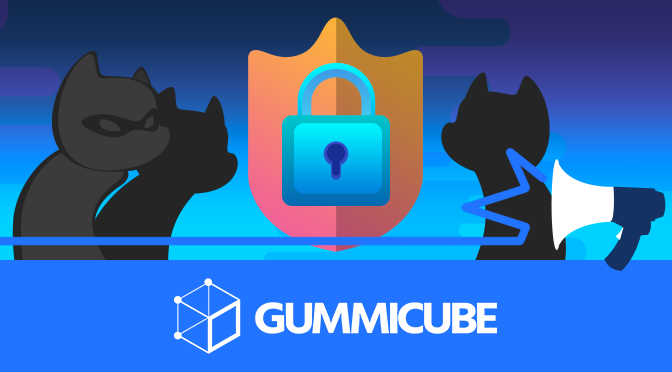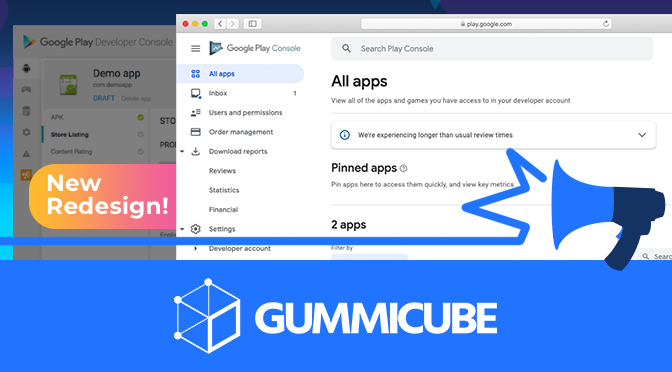
App Store Holiday Schedule 2020
Posted on November 23rd, 2020
When is the App Store Holiday Schedule 2020? Learn about the dates of this year's shutdown and how to prepare.

As the mobile app market continues to grow, it comes as no shock that the time users spend on these apps has also grown within the past year. According to the analytics firm Flurry, US users are spending at least five hours a day on their mobile devices, and that time is mostly spent on mobile apps. Five hours a day is a 20 percent increase, which is massive compared to the usage in the fourth quarter of 2015. While year-over-year the time spent on mobile apps has increased by 69 percent, leaving mobile browser usage at a dismal 8 percent of users’ time. There must be a reason why users are spending more time on mobile apps, and it’s possible that ASO has something to do with converting more users on annual basis. As the app stores continue to grow, the amount of options in each category grows as well. Flurry broke down the percentage based on the categories of apps users spend their time on. Here are the percentages for some of the app categories and how ASO has aided in the massive increase of time spent on mobile apps.
It comes as no surprise that social media mobile apps dominate the majority of users’ time at a whopping 51 percent. The 51 percent gets further broken down into categories like Facebook, Snapchat, Messaging and Social, YouTube and Music, Media and Entertainment. Facebook is in a category of its own since it owns Whatsapp and Instagram, but ultimately accounts for 19 percent of time spent on mobile apps. In general, Facebook dominates the space with the addition of Facebook Live and Instagram Stories taking up more of users’ time. Snapchat currently accounts for 2 percent of users’ time spent on mobile apps, but is quickly closing in on YouTube, who only accounts for 3 percent of users’ time. This comes as no surprise since Snapchat’s parent company Snap recently released its IPO, which quickly soared in the market. On the App Store and Google play, however, Snapchat and Facebook’s app listings lack solid descriptions that contains relevant keywords. Each has entertaining screenshots that show users the core features of the app, but ultimately rely heavily on the already formed user base. Neither app worries much about converting new users or really adhering to ASO standards, but still dominate usage percentages.
Media and entertainment apps currently account for 15 percent of the time spent on mobile apps. Instead of users engaging in television programming, apps have become the new means of watching TV. Streaming services like Netflix, Amazon Video, Hulu and others have mobile apps, which give users direct access to shows or movies and takes time away from cable providers. That is not to say that companies like DirectTV haven’t made the move to mobile apps that will still count as television programming. Despite cable companies making mobile streaming apps available for users, the bottom line is the program is viewed on an app, meaning users are still spending time on a mobile device. Apps like Netflix are appealing to users when searching for a mobile streaming service because it uses relevant keywords in the app’s description and screenshots. Not to mention, the screenshots and description appear to be updated for massive changes or when new original content is released. Netflix is also available on multiple platforms, which gives users more than one way to use the mobile app and account for more usage.
Games are still a huge money-maker for developers despite their usage dropping from last year. This year, Apple reported that New Year’s Day was the biggest day for the App Store in terms of users purchasing and downloading mobile game apps, but according to Flurry, games only account for 11 percent of time spent on mobile apps. More users are willing to spend money on apps, most likely due to improvements developers have made to the descriptions and screenshots, and users are often finding more relevant apps through their searches. There is a constant influx of new games added to the App Store and Google Play each year, if not each month. It is surprising that time spent on mobile games has decreased, but does not come as that big of a shock when looking at Pokémon GO’s poor use of ASO standards. Despite receiving multiple awards for being the best mobile game of 2016, Pokémon GO is a prime example of why utilizing ASO standards like relevant keywords and updated screenshots are important for converting users.
Developers can be part of the boom to make their apps more discoverable and can continue to convert users by utilizing ASO standards. The mobile app market is continually growing and developers are constantly making updates to their apps, giving them many opportunities to create new strategies for converting users. The surge to make an app more discoverable and convert users is nothing new, but has become more of an issue as time spent on mobile devices has increased year-over-year. Apps have no problem converting users, especially apps that adhere to ASO practices. The time spent on mobile apps will only continue to grow each year as more apps flood the market, and the best way for developers to retain users is by taking advantage of ASO standards.

When is the App Store Holiday Schedule 2020? Learn about the dates of this year's shutdown and how to prepare.

Apple's App Store Guidelines have strict privacy requirements. Developers now must provide information to users on the App Store listing regarding the data they access.

The Google Play Developer Console has been updated with a new design and adjusted tools. What's different, and how will it impact App Store Optimization?